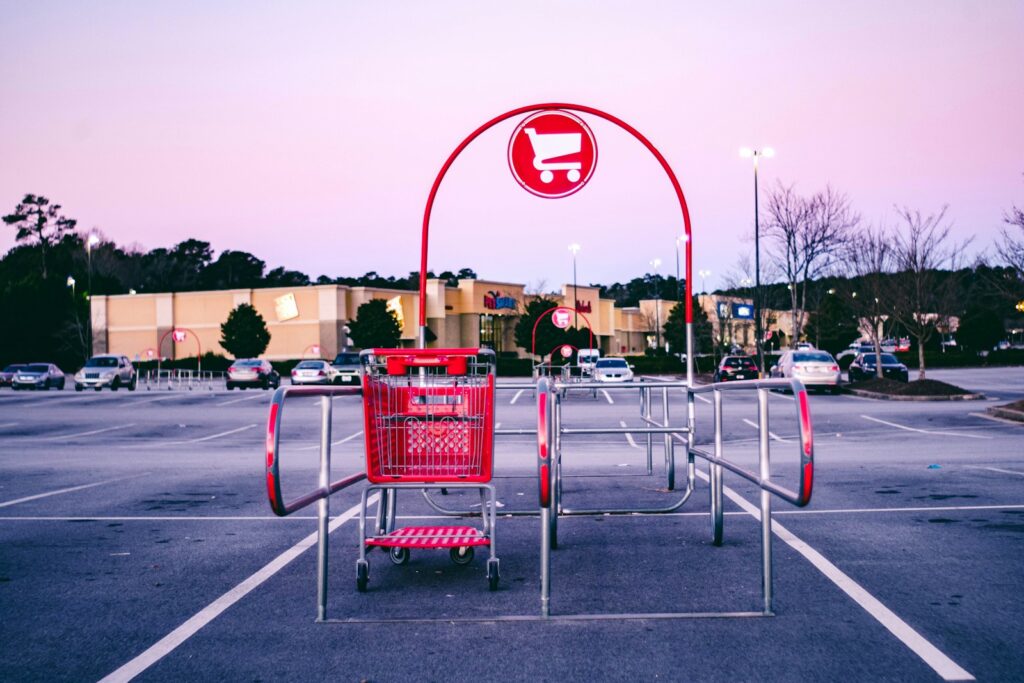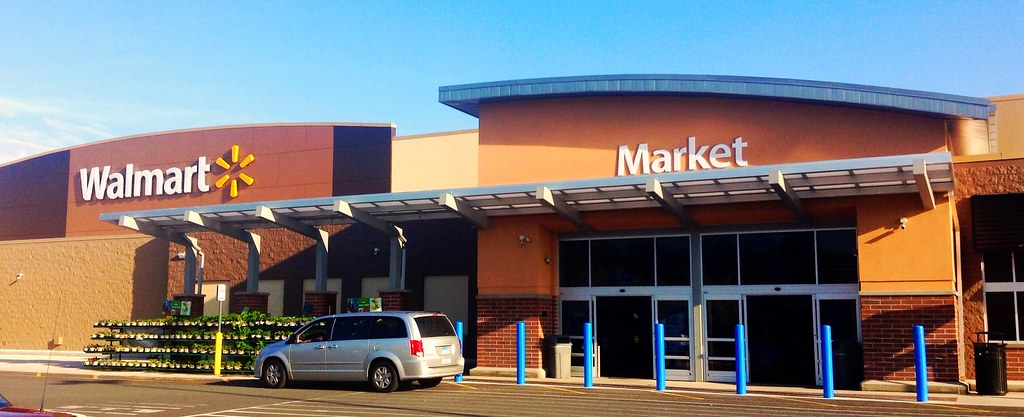
The Physical Shopping Cart Dilemma: Locked Wheels and the Crisis of Customer Trust
A perplexing trend is taking over the retail scene, causing headaches for businesses and leaving shoppers frustrated: the mysterious disappearance of shopping carts. This issue goes beyond just abandoned carts in parking lots, as it involves serious concerns about theft in physical stores and the alarming rate of online shopping carts that are left behind before transactions are finalized. The implications are significant, affecting everything from store layouts and customer satisfaction to the financial health of major e-commerce companies.
Take the experience of Susan Dennison at her local grocery store in Burlington, Ont. As she attempted to leave, her shopping cart’s wheels unexpectedly locked, bringing her to an abrupt halt. What followed was a demand from a store employee to see her receipt, a moment Dennison described with palpable discomfort. I felt like I was ambushed,” she recounted, feeling badgered and humiliated as people walked by while she searched for proof of purchase. Though it turned out to be a glitch, Dennison’s ordeal highlights the increasing tension between retailers beefing up security and customers who feel unfairly targeted.

This isn’t an isolated incident. Retailers are deploying a suite of anti-theft measures, including wheel-locking carts, metal gates, random receipt checks, and tall plexiglass barriers. These tactics, particularly prominent at some major chains, are defended by industry groups as necessary responses to what they claim is a surge in organized retail crime. The Retail Council of Canada (RCC) CEO, Diane Brisebois, states, “The big problem is organized retail crime,” portraying it as sophisticated gangs targeting high-value merchandise like health and beauty aids and baby formula, with retail becoming “the new frontier.
However, the narrative of rampant, organized theft is not universally accepted. Loblaw, Canada’s largest grocer, has attributed its security surge to this issue, with CFO Richard Dufresne noting, “This surge in organized retail crime remains a significant problem for the retail industry,” describing these organizations as increasingly violent. Yet, Statistics Canada data presents a different picture, showing police-reported organized retail crime makes up only a small portion of the total and actually declined between 2018 and 2022. While RCC argues these stats are incomplete due to underreporting, they have not yet provided comprehensive data to support their claims of a burgeoning problem.

The debate over the scale of organized retail crime isn’t limited to Canada. In the U.S. last year, the National Retail Federation made headlines with a report claiming organized retail crime accounted for nearly half of merchandise losses, estimated at $94.5 billion US in 2021. They later retracted this figure, admitting it was based on erroneous data. Quantifying organized crime is inherently challenging, according to Trevor Wagener, a researcher with the Computer & Communications Industry Association, who notes it’s hard to distinguish between subsistence shoplifting and a large-scale organized effort just by reviewing security footage.
Experts argue that regardless of the exact nature of the theft, the current anti-theft tactics are negatively impacting honest customers. Sociologist Christopher Andrews likens the experience to “turning shopping into airport security, where you’re self-conscious about making a mistake.” Retail consultant David Ian Gray echoes this, describing a feeling that shoppers are treated like “a thief in the making until you prove otherwise.” Legal experts also raise concerns about the legality of mandatory receipt checks and the potential for racial profiling, as criminal lawyer Kyla Lee pointed out, suggesting “More vulnerable groups might be targeted.
Gray believes a better solution might involve more employees on the floor, though he acknowledges the cost implications for retailers. The pursuit of technological fixes continues, with Walmart in the U.S. implementing AI-powered technology at its Sam’s Club stores to replace routine receipt checks. This system uses computer vision and digital technology to verify payments as shoppers exit. While promising, Gray cautions that technology can fail, warning that even a 90 per cent accuracy rate means “10 people out of 100 that will be falsely shamed and accused,” precisely what Susan Dennison believes happened to her due to a glitch.
Read more about: Locked Up: How Retailers Are Fighting Theft, Leaving Shoppers Frustrated

Delving into the psychology of consumers, we find that a staggering 70% of online shopping carts are abandoned, raising questions about what drives this behavior and how retailers can better understand and address their customers’ needs.
Meanwhile, in the digital realm, a different kind of disappearing act is causing retailers significant pain: online shopping cart abandonment. This occurs when a customer adds items to their virtual cart but leaves the website before completing the purchase. This isn’t a minor issue; it’s a massive one. According to data from the independent research firm Baymard Institute, as of 2024, a staggering 70.19% of all online retail orders worldwide are abandoned.
The financial impact of this digital vanishing act is immense. For an e-commerce site with 125,000 monthly visitors and an average order value of $100, currently converting at 0.92%, increasing the conversion rate by just half a percentage point (0.5%) could unlock an extra $62,500 in revenue every single month. This translates to an additional $690,000 per year, illustrating why conversion-rate optimization is a major focus for online businesses.
Baymard Institute’s research dives deep into the reasons behind this widespread abandonment, identifying several key culprits. Topping the list, accounting for 48% of abandonments, are unexpected extra costs like shipping, taxes, and fees. Transparency and offering free-shipping thresholds are suggested ways to combat this. Next, required account creation deters 26% of users, who prefer the speed of a guest checkout.
Credit card security concerns cause 25% of shoppers to leave, highlighting the need for visible security badges and trusted payment logos. Slow delivery is a significant issue for 23% of customers; offering multiple shipping options and clear timeframes can help manage expectations. A complex checkout process frustrates 22%, who desire a streamlined experience and the option to use saved information. Finally, hidden total costs, where the full price isn’t clear until late in the process, lead to abandonment for 21% of shoppers, emphasizing the importance of showing a running total upfront.

To combat these ongoing challenges, retailers are innovating with solutions such as advanced AI surveillance systems and reimagining the checkout process to enhance customer experience and reduce abandonment rates, showcasing a dual approach to tackling the shopping cart conundrum.
From the locked wheels of a physical cart to the click of a browser window closing on a loaded digital basket, the problem of disappearing shopping carts is a multi-faceted challenge for the retail sector. While retailers grapple with perceived or actual increases in theft, leading to measures that can alienate loyal customers, online businesses face the persistent hurdle of optimizing their checkout processes to recover billions in lost sales. The path forward for both involves finding better ways to secure goods and complete transactions without making shoppers feel like suspects, a delicate balancing act that will define the future of retail.
Related posts:
Customers are fed up with anti-theft measures at stores. Retailers say organized crime is to blame
Belgian data marketplace: EU continues to fund start
The Hidden Truth Linking the Broken Border to Your Online Shopping Cart




